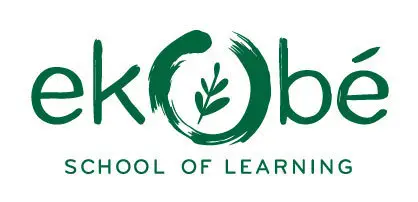Reggio Emilia Approach
HOME >> PROGRAM >> REGGIO Emilia Approach
What is The Reggio Emilia Approach?

History
To learn more about Reggio Emilia approach please read:


Frequently Asked Questions Reggio Emilia Preschools
What is the Reggio Emilia Preschool Approach?
The Reggio Emilia preschool approach is a progressive and innovative teaching philosophy in early childhood education that is rooted in the belief that children are highly capable and competent learners with their own unique interests and ideas.
Reggio Emilia preschools often utilize open-ended materials, group dynamics, project-based learning, and the arts to facilitate children’s self-exploration. The Reggio Emilia approach also strongly emphasizes relationships, communication, and partnerships between other students, teachers, parents, and the community.
Are There Other Reggio Emilia Preschools in San Diego?
Yes, there are a couple of Reggio Emilia preschools in San Diego, although they may not be as commonly found as Montessori programs. Ekobé is the only Reggio Emilia preschool in San Diego that also offers preschool language programs and multilingual education in addition to a Reggio Emilia approach.
Is Reggio Emilia the Same as Montessori?
No, Reggio Emilia preschools and Montessori preschools are not the same. Reggio Emilia offers child-centric learning experiences in group settings and group dynamics. In contrast, Montessori education focuses on fostering independence and self-directed learning at the child’s own pace. Both approaches, however, aim to empower children to develop a lifelong love for learning and a strong sense of autonomy.
What is a Typical Day Like at a Reggio Emilia Preschool?
Arrival: This is a transitional time, and builds practical social and interactive skills that will last a lifetime.
Discovery and Exploration: This is free exploration time in learning centers (called provocation centers). These will be in small group settings or whole class settings and revolve around the arts (music and art-making).
Community Meeting: Children will gather as a group to share thoughts and ideas for the
day, ask questions, and set expectations that will be observed by the teacher and
integrated into the curriculum.
Outdoor Active Learning: During outdoor activities, children develop large motor skills
while exploring open spaces.
Snack Time and Lunch Time (Preceded by Hand Washing): Children enjoy nutritious snacks and meals together inside or outside, and are taught how to properly wash their hands beforehand.
Rest Time: The teacher will play soft music and dim the lights while the children sleep and rest.
Cozy Time: This is a quiet and cozy time to read books while children are waking up from their nap.
Afternoon Play: Children will have the freedom to choose their play and activities during this time.
Dismissal Routine: Children gather their belongings and say goodbye to their friends and teacher for the day.
—
Keep reading! You can get answers to other common questions in our blog, such as what is the preschool age in San Diego, how much preschool costs, and what children learn in preschool.




